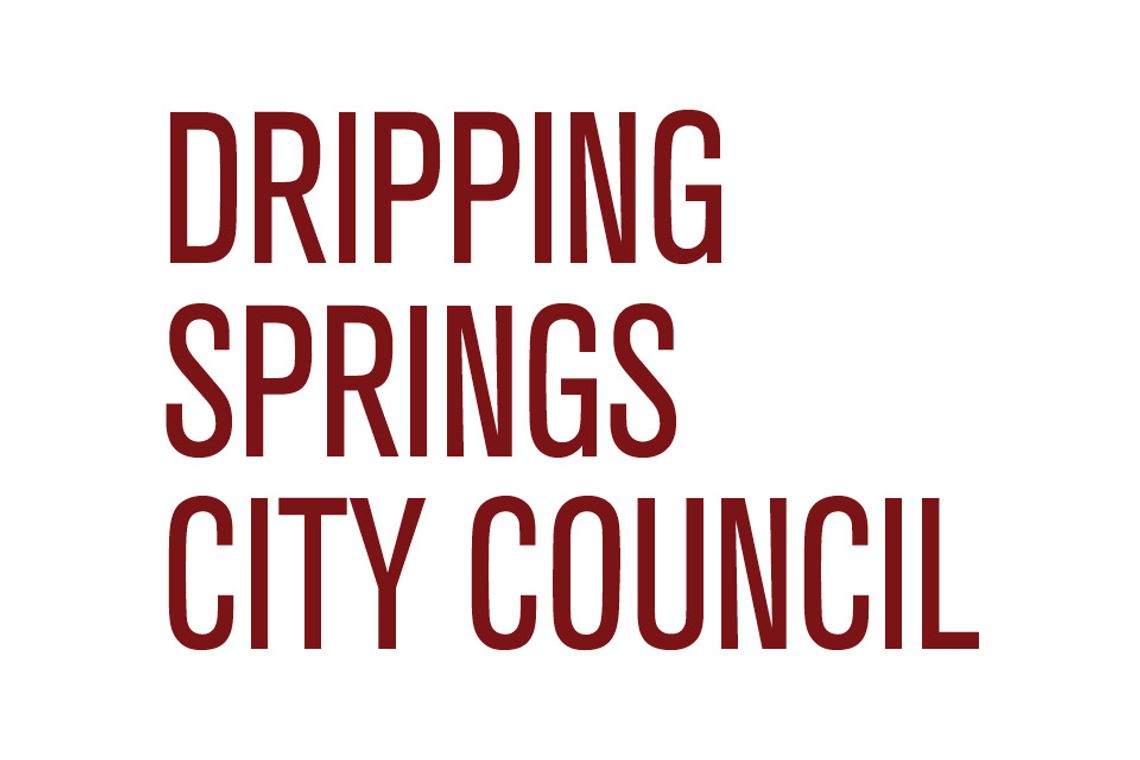In an effort to conform to a 2015 U.S. Supreme Court ruling, Dripping Springs leaders are working to craft a new sign ordinance in order to give additional freedoms to place noncommercial signs.
Dripping Springs’ new proposed sign ordinance is meant to comply with Reed V. Town of Gilbert, a 2015 supreme court case where the court ruled in favor of a community church’s signs that advertised its worship times around town.
In Dripping Springs, the Supreme Court’s decision means the city’s new ordinance will give more flexibility for non-commercial signs by bypassing administrative approval or denial by the Planning & Zoning Commission and City Council. Instead, the signs could potentially be approved by a sign administrator, saving time and resources.
The new sign ordinance will administrate restrictions and permissions based on the zoning districts or land use in the area, eliminating the potential for special treatment between signs and banners.
The Planning & Zoning Commission will consider taking action on the proposed ordinance amendments at the Dec. 17 meeting. If approved, the recommendation could go before the city council for a final vote.
“Currently, every single variance on a sign has to go through P&Z and the city council,” said Michelle Fischer, Dripping Springs city administrator. “For example, signs on private streets won’t be considered a variance anymore. This will save staff time and enforcement will be easier.”
The city’s ordinance change is also a case study in the First Amendment of the U.S. Constitution, which was the principal argument of Reed V. Town of Gilbert.
In the case, Good News Community Church in Gilbert, Arizona was in violation of the city’s sign ordinance, which restricted the size, duration and location of signs throughout the city. The church filed suit, arguing that its First Amendment rights to free speech were violated.
Additionally, the church argued that the signs did not promote religion, but rather advertised the times of worship for the congregation.
The district court and the U.S. Ninth Circuit Court found the sign code to be constitutional, citing that sign ordinance was content-neutral, working within the framework of the local government’s authority without discriminating on a particular subject matter.
However, the U.S. Supreme Court ruled in favor of the church, calling the city’s sign ordinance a content-based regulation of speech.
In his opinion, Justice Clarence Thomas wrote the arguments from the Court of Appeals offered several theories that were not persuasive. Thomas added the court does not read into the government’s justification to enact its code.
“If a sign informs its readers of the time and place a book club will discuss John Locke’s ‘Two Treaties of Government,’ that sign will be treated differently from a sign expressing the view that one should vote for one of Locke’s followers in an upcoming election,” Thomas wrote. “And both signs will be treated differently from a sign expressing an ideological view rooted in Locke’s theory of government.”
In Dripping Springs, the Supreme Court decision has also prompted city officials to rework its window signs ordinance.
“Our current ordinance only allows one sign at a window of a place of business,” Fischer said. “In a lot of situations, only one window sign is allowed in a building with multiple businesses.”
The new ordinance proposes a different solution. Under the new code, the number of signs allowed will depend on the square footage of the window, rather than limiting to just one sign.
If approved, signs must still comply with the city’s lighting and dark skies ordinance.
“Our sign ordinance is all about safety and aesthetics,” Fischer said. “Why don’t we allow LED signs? The voters have decided that certain signs do not fit the feel of Dripping Springs.”











